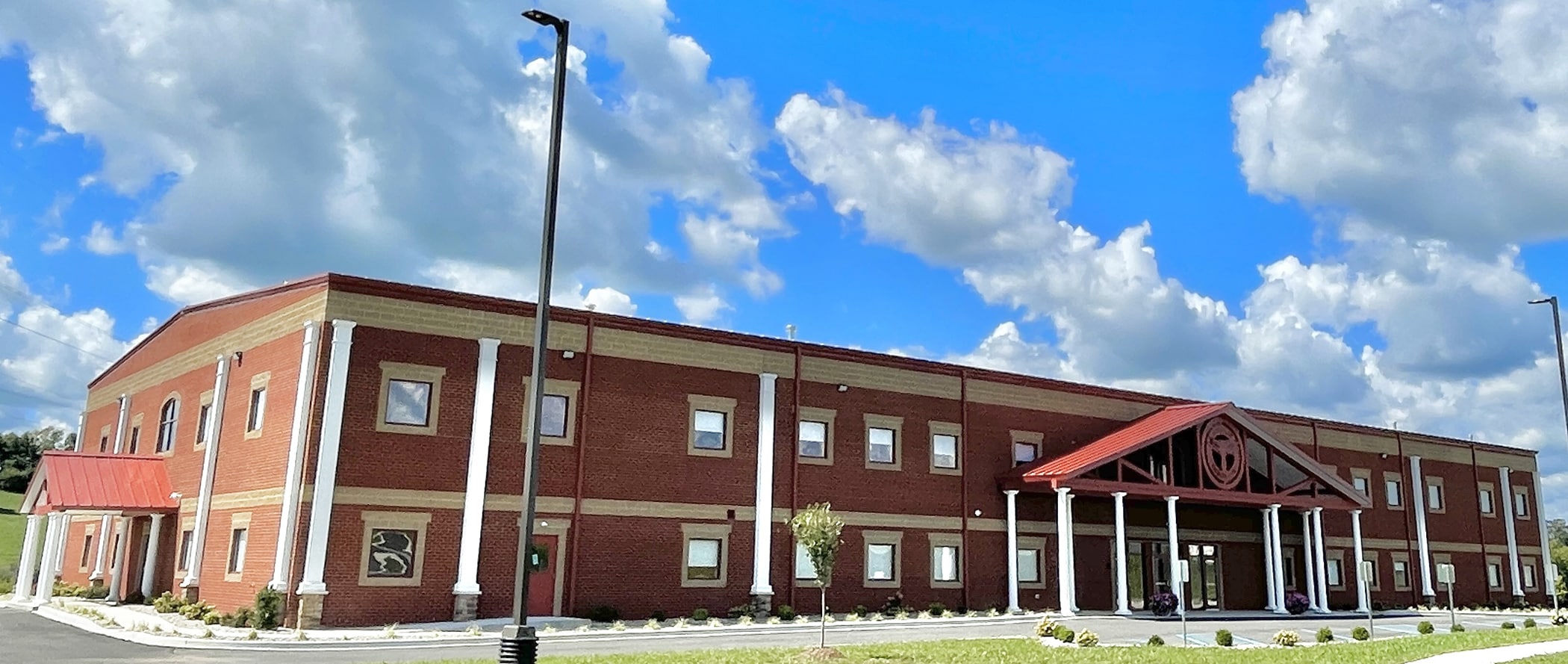Chiropractic is a holistic healthcare approach that focuses on the relationship between the body’s structure, primarily the spine, and its function. Patient-centered treatment is an approach to healthcare that focuses on meeting the unique needs and goals of each individual patient. In chiropractic care, this approach is particularly important, as the treatments and techniques used can vary greatly based on the patient’s specific condition and needs.
The patient-centered approach has many benefits, both for the patient and the chiropractor. For patients, this approach can lead to better outcomes, improved overall health and a better understanding of their condition. For chiropractors, this approach allows them to provide more effective care and to build stronger relationships with their patients.
Read on to learn more about chiropractic methods and how these techniques, within a patient-centered care model, help to promote positive patient outcomes.
First Step: Patient Evaluation
One of the key principles of patient-centered chiropractic treatment is conducting a thorough evaluation of the patient’s condition. This includes taking a complete medical history, conducting a physical examination, and performing any necessary diagnostic tests, such as X-rays or MRI scans.
This evaluation helps the chiropractor to identify the root cause of the patient’s pain or discomfort and to create an individualized treatment plan that addresses their specific needs. Based on this plan, the chiropractor will then use a variety of techniques to help alleviate pain, improve function and enhance overall health.
Chiropractic Methods in Patient-centered Care
Patient-centered chiropractic treatment involves the use of a variety of chiropractic methods or techniques and approaches. There are many different methods used in chiropractic care, including spinal manipulation, activator methods, diversified technique, the Thompson drop-table technique, flexion-distraction, the Gonstead technique, Sacro-Occipital Technique (SOT), myofascial release, electrotherapy, exercise and rehabilitation, and nutritional counseling.
At Campbellsville University we teach a variety of different chiropractic methods in our curriculum. However, we teach the methods based on patient’s needs. A patient’s treatment plan may include one or several of these methods, depending on their specific condition or unique needs.
For example, a patient with low back pain may benefit from a combination of spinal manipulation, myofascial release and rehabilitation exercises. A patient with chronic headaches may benefit from a combination of spinal manipulation, electrotherapy and nutritional counseling. The methods our curriculum instills within the students a patient-centered approach to formulating the right treatment plan. The goal is always to create an individualized treatment plan that meets the unique needs and goals of each patient.
Chiropractic techniques
Chiropractors use a variety of techniques to diagnose, treat and prevent conditions affecting the musculoskeletal system, particularly the spine and nervous system. Here are some of the commonly used techniques in chiropractic treatments:
- Spinal manipulation or adjustment: This is the most well-known chiropractic technique used to relieve pain, improve function and enhance mobility. The goal of spinal manipulation is to realign the spinal vertebrae and restore normal movement patterns between the bones.
- Activator methods: This is a gentle, low-force chiropractic technique that uses an activator adjusting instrument to deliver a precise impulse to the spine. The activator is a hand-held tool that delivers a low-force, high-speed impulse to the spine.
- Diversified technique: This chiropractic technique uses manual adjustments to realign the spinal vertebrae, restore proper movement patterns and relieve pressure on the nervous system. Diversified techniques can be performed with the hands or with an adjusting tool.
- Thompson drop-table technique: This chiropractic technique uses a specially designed table with segments that drop to assist the chiropractor in applying a controlled, gentle force to the vertebral segments.
- Flexion-distraction: This chiropractic technique uses a specially designed table that gently stretches and decompresses the spine. Flexion-distraction helps to reduce pain and inflammation and promote healing.
- Gonstead technique: This is a specific, hands-on adjustment technique used to correct subluxations (misalignments) in the spine. It involves a comprehensive evaluation of the patient’s spine, followed by a precise adjustment to restore normal function and alignment.
- Sacro-Occipital Technique (SOT): This technique uses gentle adjustments to the sacrum and occipital bones (at the base of the skull) to relieve stress on the nervous system and improve overall function.
- Myofascial release: This chiropractic technique involves the use of gentle manual pressure to release tightness and pain in the soft tissues (muscles, tendons and fascia). The goal of myofascial release is to restore normal movement patterns and improve overall function.
- Electrotherapy: This technique uses electrical stimulation to relieve pain and improve muscle function. Chiropractors may use electrotherapy as part of their overall treatment plan for conditions affecting the musculoskeletal system.
- Exercise and rehabilitation: Chiropractors may also use exercise and rehabilitation to help patients improve their overall function, reduce pain and prevent future injury. These exercises may be specific to a particular condition, such as low back pain, or may be general strengthening exercises.
- Nutritional counseling: Chiropractors may also offer nutritional counseling to help patients improve their overall health, reduce pain and prevent future injury. This may involve recommending specific foods, supplements or lifestyle changes to support the healing process.
The Role of Education in Patient-Centered Care
Patient education is also an important part of patient-centered chiropractic treatment. Chiropractors educate their patients about the cause of their pain or discomfort, what can be done to alleviate it, and how they can prevent future pain or injury. This education helps patients to better understand their condition and to take an active role in their own care, which can lead to better outcomes and improved overall health.
In addition to the physical treatments, chiropractors also often focus on lifestyle and wellness. This may include advice on healthy nutrition, exercise, stress management and other lifestyle changes that can support overall health and wellbeing. This holistic approach to care helps patients address the underlying causes of their pain or discomfort and promotes long-term health and wellness.
The patient-centered approach is also reflected in the relationship between the chiropractor and the patient. In patient-centered chiropractic care, the chiropractor takes the time to listen to the patient’s concerns and understand their goals and objectives. This helps the chiropractor provide personalized care that meets the patient’s specific needs and build a strong, collaborative relationship with the patient.
Learn Chiropractic Methods With a Patient-centered Care Approach at Campbellsville University
Campbellsville University School of Chiropractic offers a high-quality Doctor of Chiropractic degree program to achieve your goals and prepare you for a fulfilling and successful career.
Emphasizing clinical education, the Campbellsville chiropractic program offers a series of clinical observation courses starting in your first semester. Our program also features a community-based clerkship you can perform anywhere in the country, with an established practicing chiropractor of your choice.
Business operation courses, which are built into the Doctor of Chiropractic degree curriculum, provide the skills and training to operate your own practice or take on the leadership of an existing practice. At Campbellsville, you’ll also gain unique insights from faculty who are practicing chiropractors and experienced clinicians and educators.

